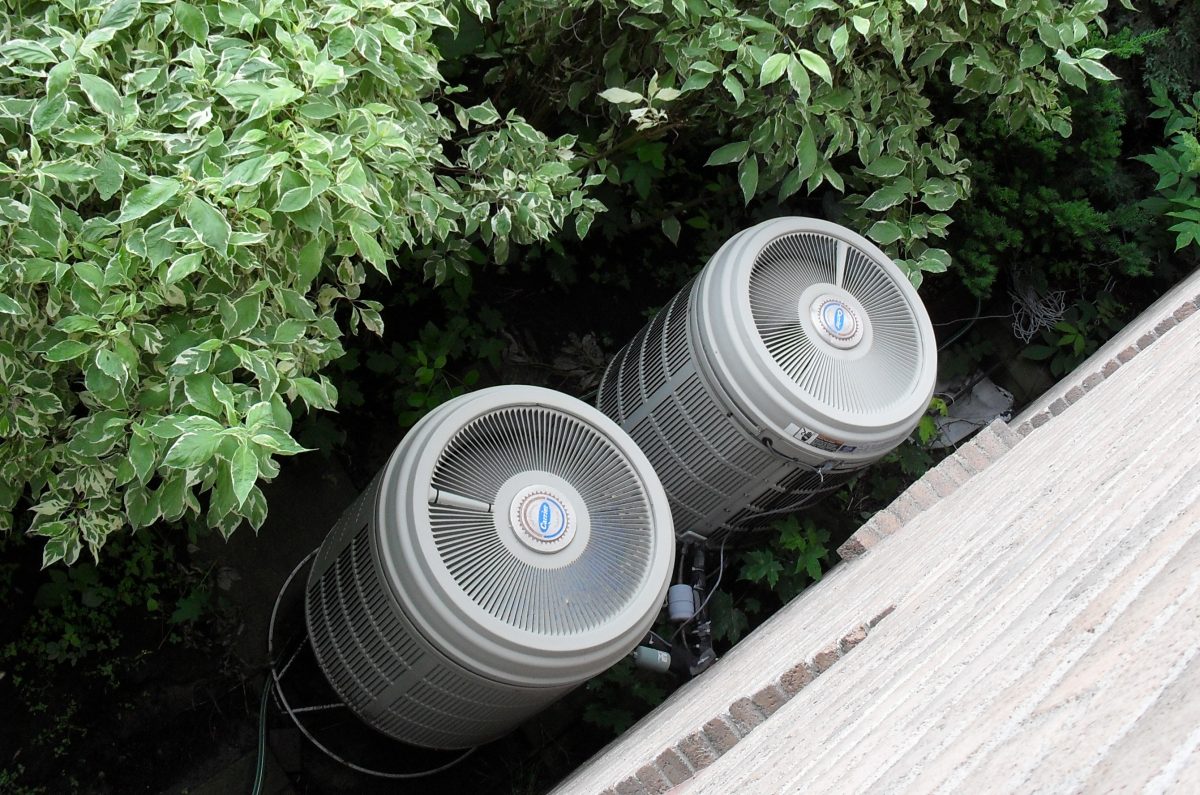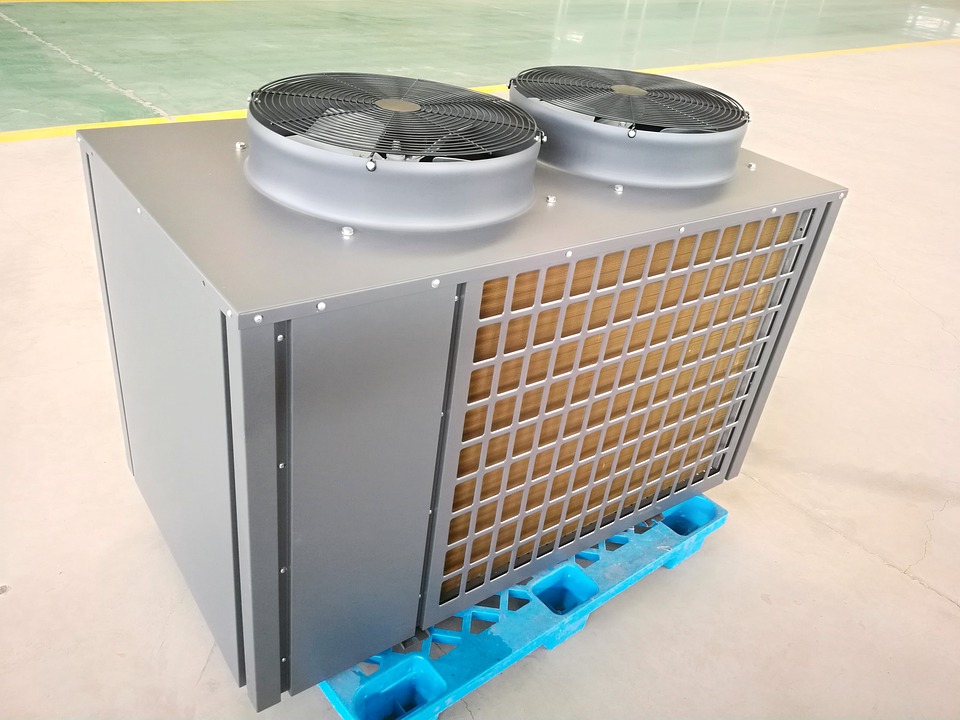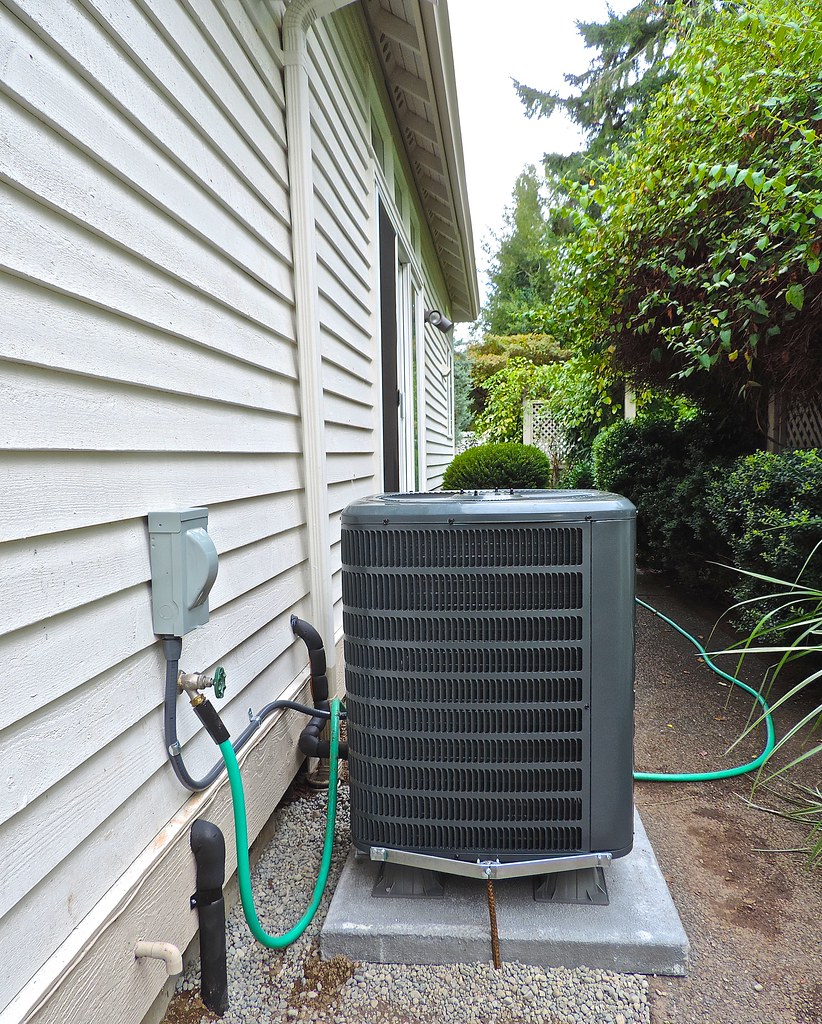What is Heat Pump Commissioning?
Contents
– When should you call on a certified professional for your heat pump?
– Commissioning by a professional is a condition of the warranty
– How to commission a heat pump
– What other checks should be carried out?
The commissioning of a heat pump is carried out once the installation is complete. Only technicians approved by the manufacturers are authorized to start up a heat pump for the first time.
When should I call on a certified professional for my heat pump?

It is a pro who takes care of the first start-up, but new commissioning is also necessary in cases of breakdowns that have involved the replacement of the refrigerant.
The cost of commissioning is about $850, paid directly by the manufacturer, who generally passes it on to the heat pump’s selling price.
Commissioning by a professional is a condition of the warranty.
The commissioning of your heat pump by a certified pro:
– Is one of the necessary conditions to fulfill for your warranty to work;
– is essential to benefit from premiums and tax credit;
It must be mentioned on the invoice or a certificate issued to you.
How to commission a heat pump

The commissioning of your heat pump allows the technician to ensure that your installation is working correctly.
The certified technician performs the following actions.
Good to know: certain unnecessary operations will not be performed depending on the type of heat pump.
Pressurization
The circuit is filled with dry nitrogen at high pressure.
This operation is used to detect any leaks. For this purpose, the technician uses
– either a very accurate electronic leak detector, which detects leaks of a few grams/year;
– or a soapy liquid sprayed on the fittings, which makes bubbles in the presence of leaks.
This operation presents a second interest: nitrogen being an inert gas, it crystallizes the impurities present in the circuit.
Putting under vacuum
The circuit is put under negative pressure to remove the impurities evacuated by a pump. Indeed, a compressor is fragile; a simple residue can damage it.
Release of the refrigerant in the circuit
The fluid is stored in a small part of the circuit when leaving the factory. When released, it spreads to all the appliances connected to the system.
Additional gas
If the circuit is longer than 30 m, it may be necessary to add gas. The precise amount of gas introduced depends on the manufacturer’s recommendations.
Conversely, if the circuit is short, it may be necessary to remove gas.
Start-up
After start-up, all parameters are recorded, checked (temperatures, pressures, voltages, current intensities), and recorded on a card returned to the manufacturer.
In the event of a problem, the pump returns an anomaly that appears in a code, generally on a screen. Each code corresponds to a type of problem.
What should other checks be made?
The technician also checks that the sensors are correctly connected and located. Once all the checks have been completed, the heat pump is turned on.
Note: the technician must also inform you about the operation of your heat pump, particularly the control system that will allow you to modulate the temperature according to your needs.
Good to know: for more security, and if you wish to be reassured of the good functioning of your heat pump, certain manufacturers propose remote monitoring of your device.
Read more:
- What Is the Heating Flow Temperature of a Heat Pump (Part 1)?
- Which Heat Pump to Choose?
- What Is the Heating Flow Temperature of a Heat Pump (Part 2)?
- How to Choose between High or Low-Temperature Heat Pump?
- What Are the 2 Operating Modes of a Heat Pump?
- How does a Heat Pump Work?
- Know the Components of Your Heat Pump?
- How Does a Geothermal Heat Pump Work?

